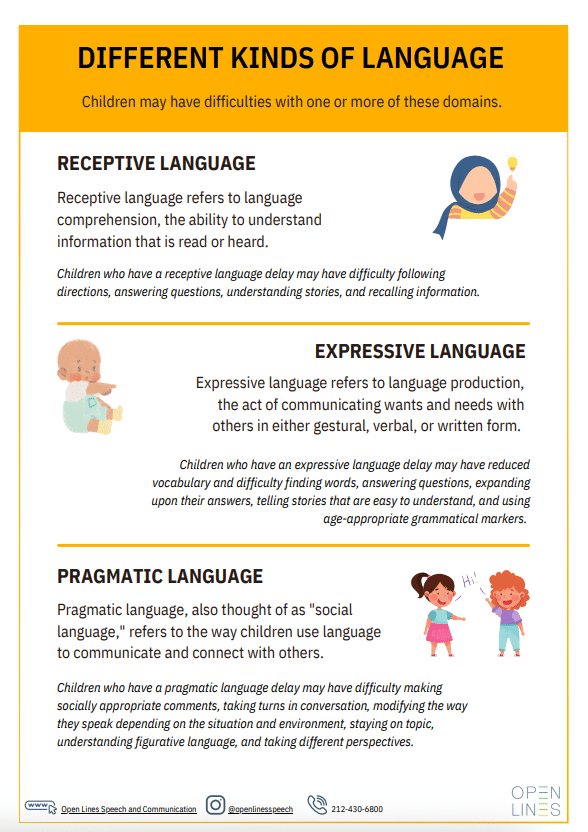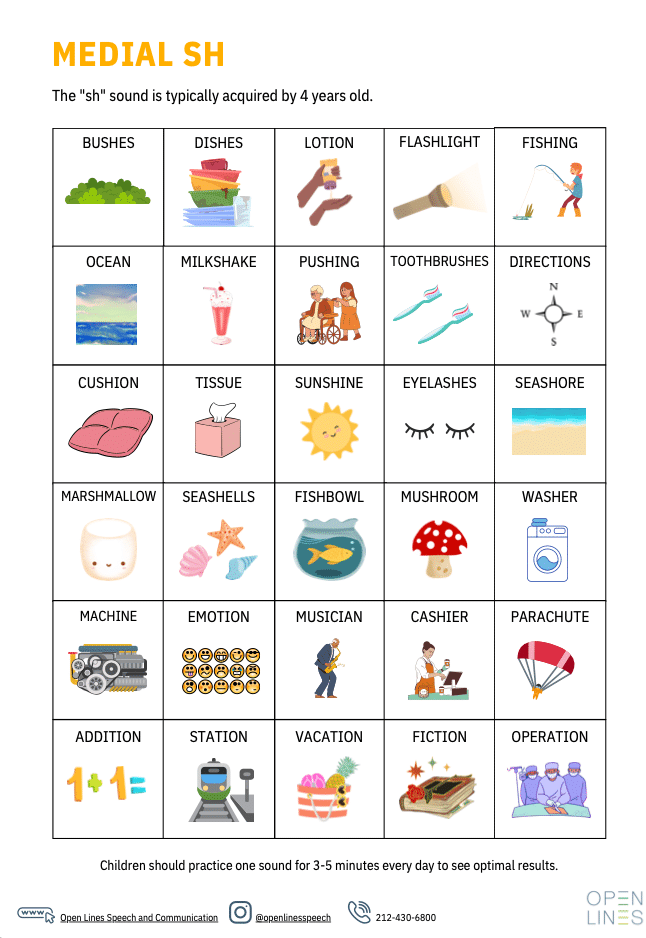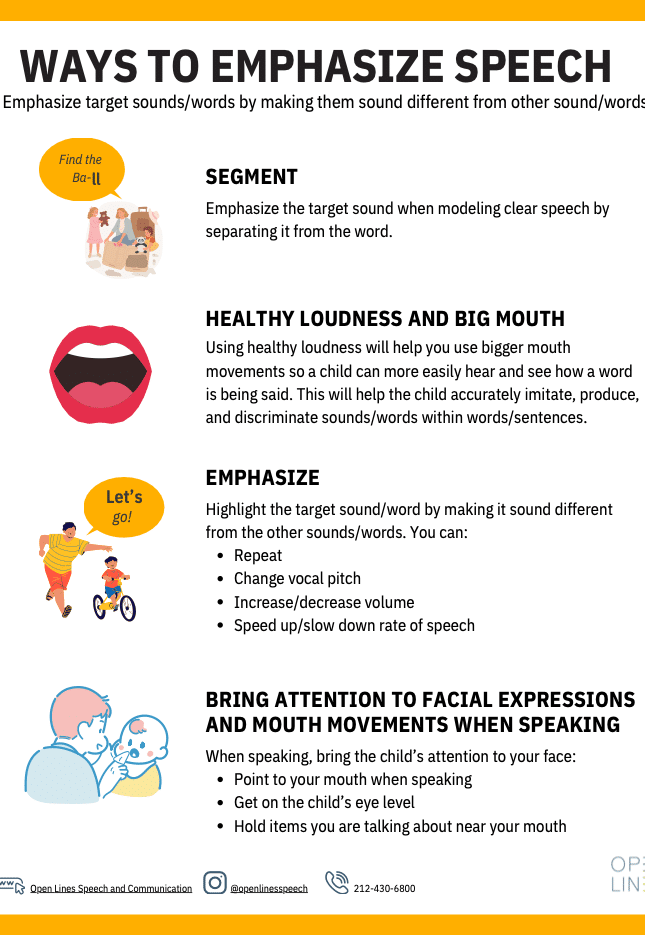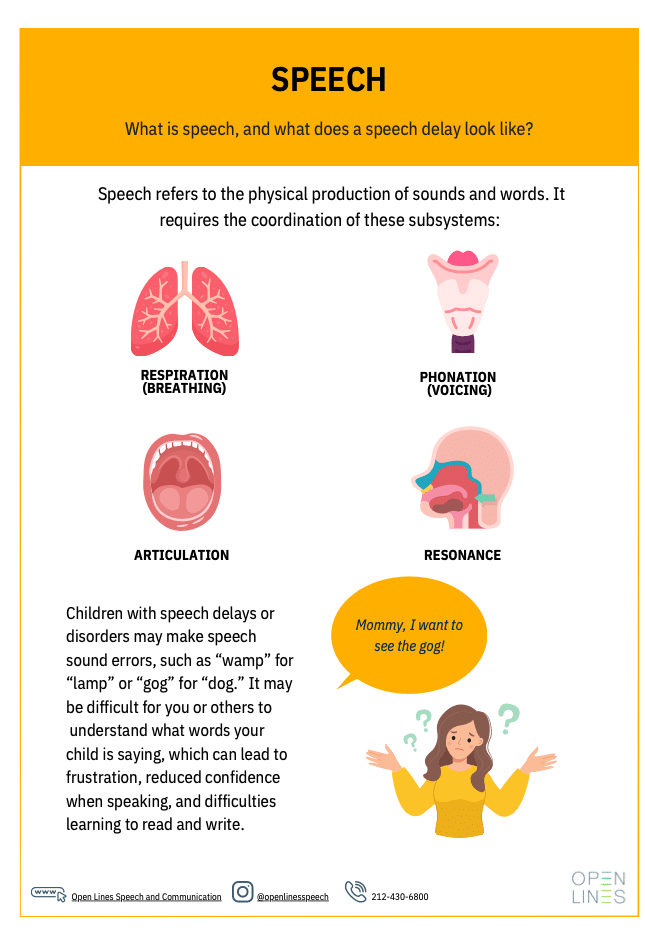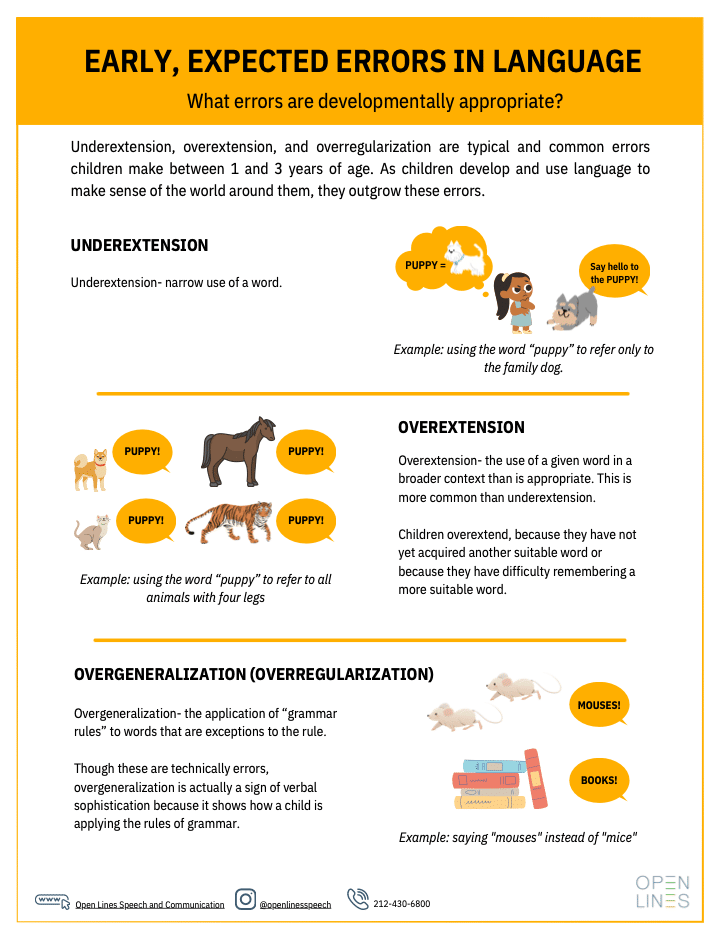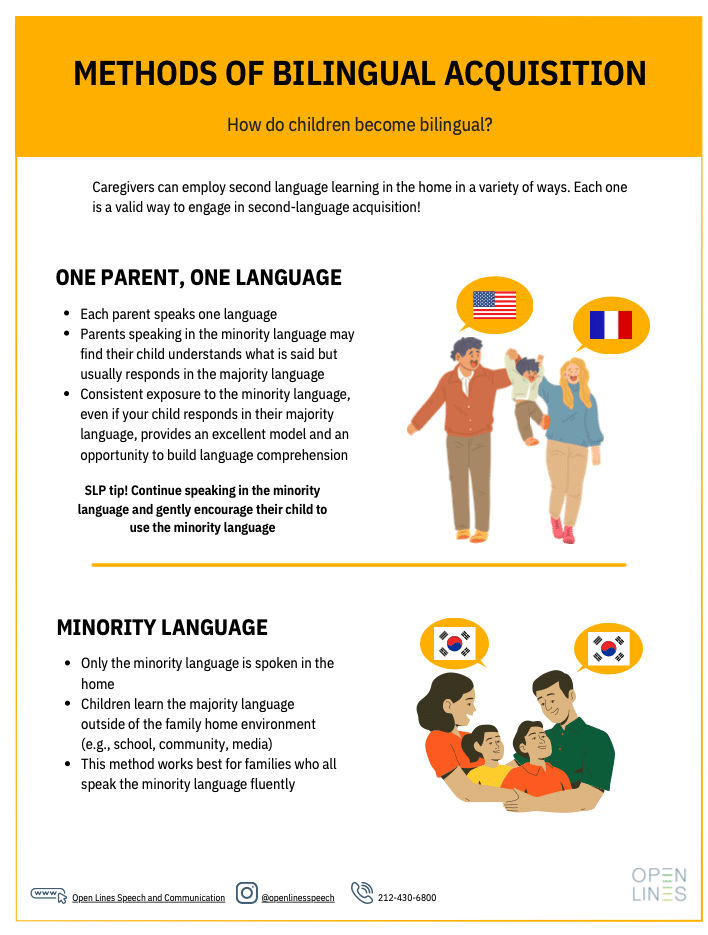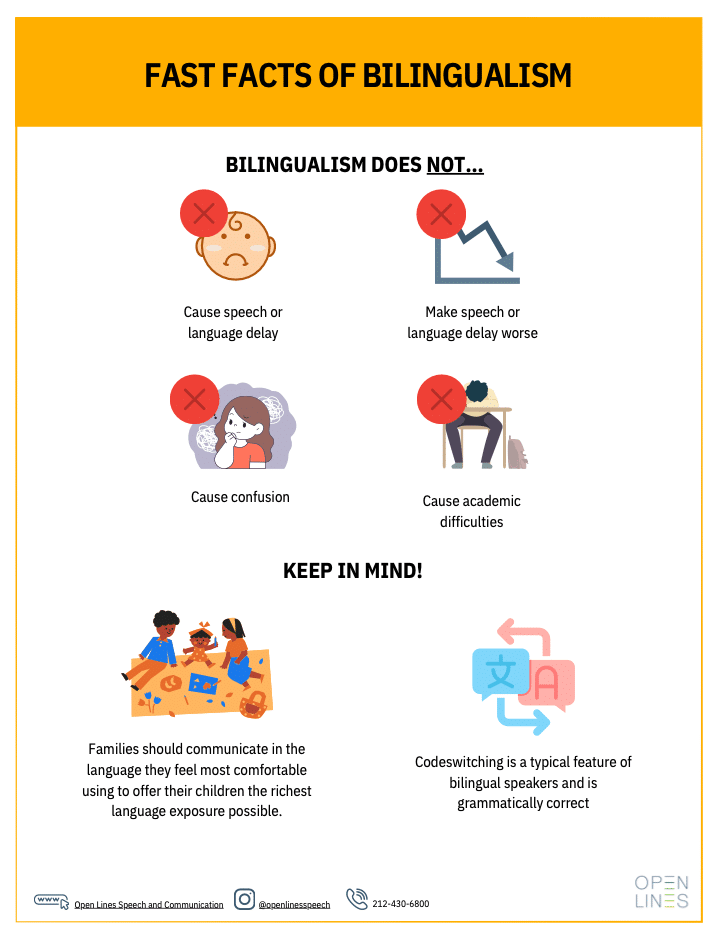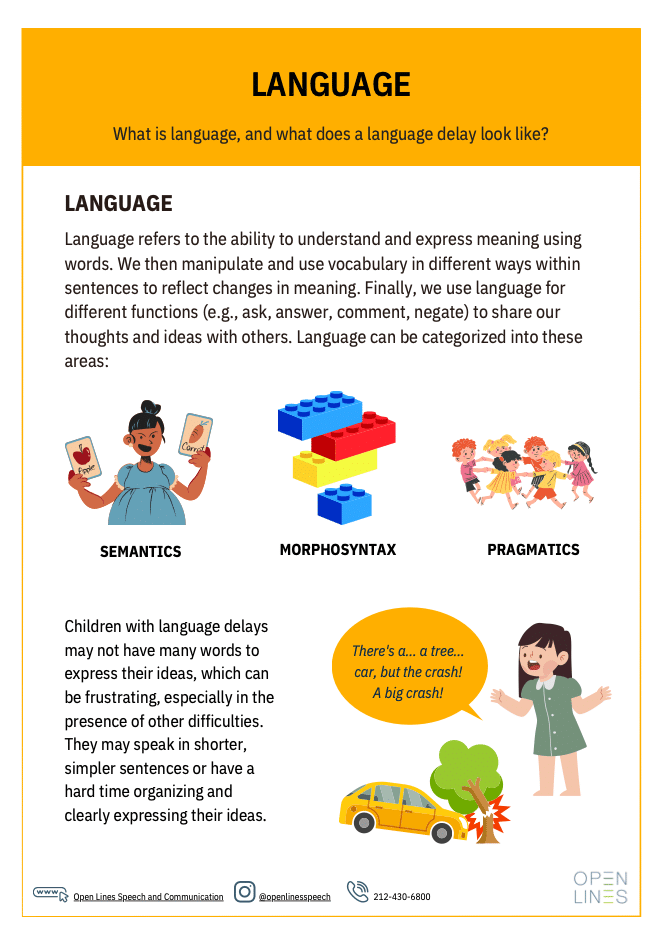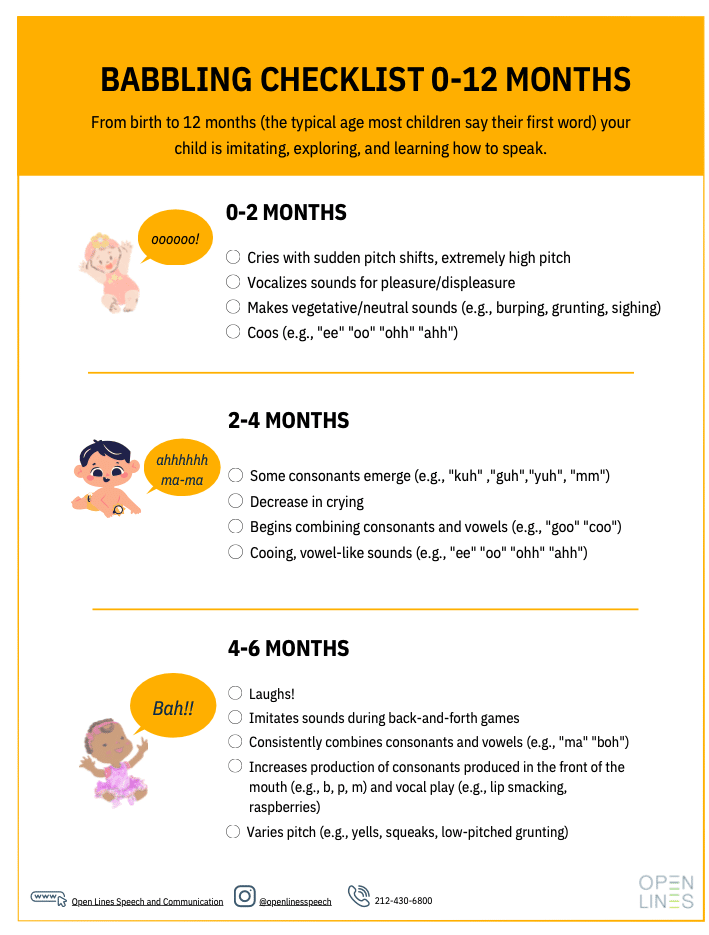FREE Speech Therapy Exercises and Resources for Children
Our exclusive collection of FREE pediatric speech-language pathology resources
Explore our exclusive collection of downloadable proprietary pediatric resources, specially designed by the Open Lines® team of expert licensed speech-language pathologists. These educational tools and speech therapy exercises were designed specifically to strengthen carepartner knowledge and to support the growth of every child’s speech, language, and cognitive-communication skills!
Pediatric Articulation

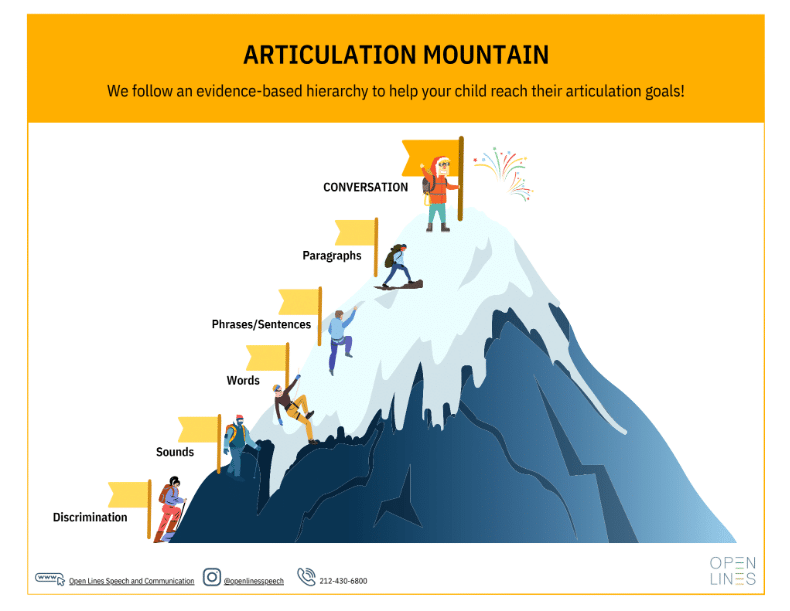
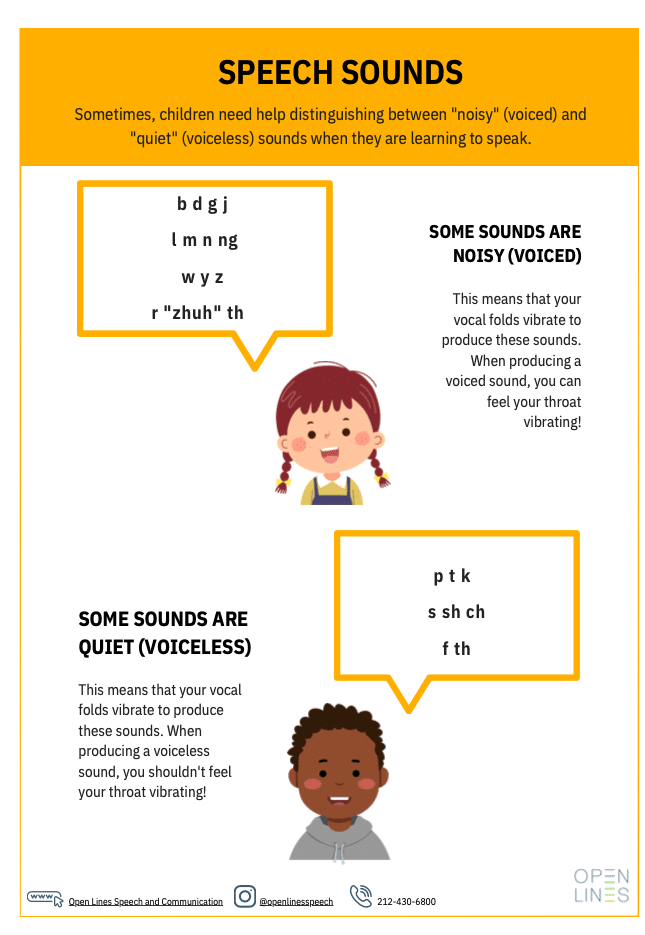
Pediatric Language
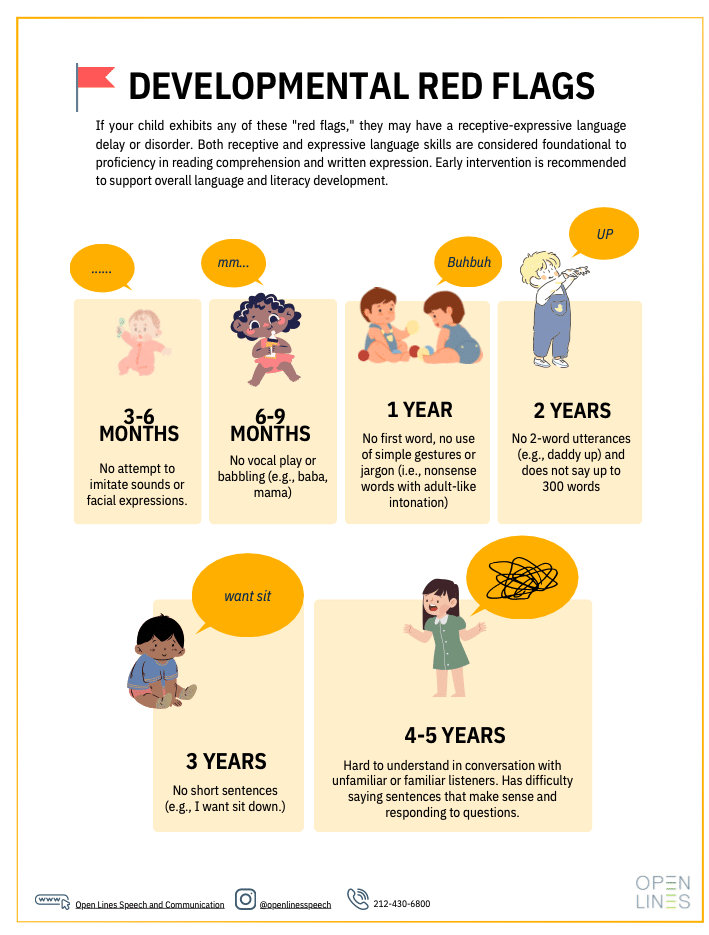

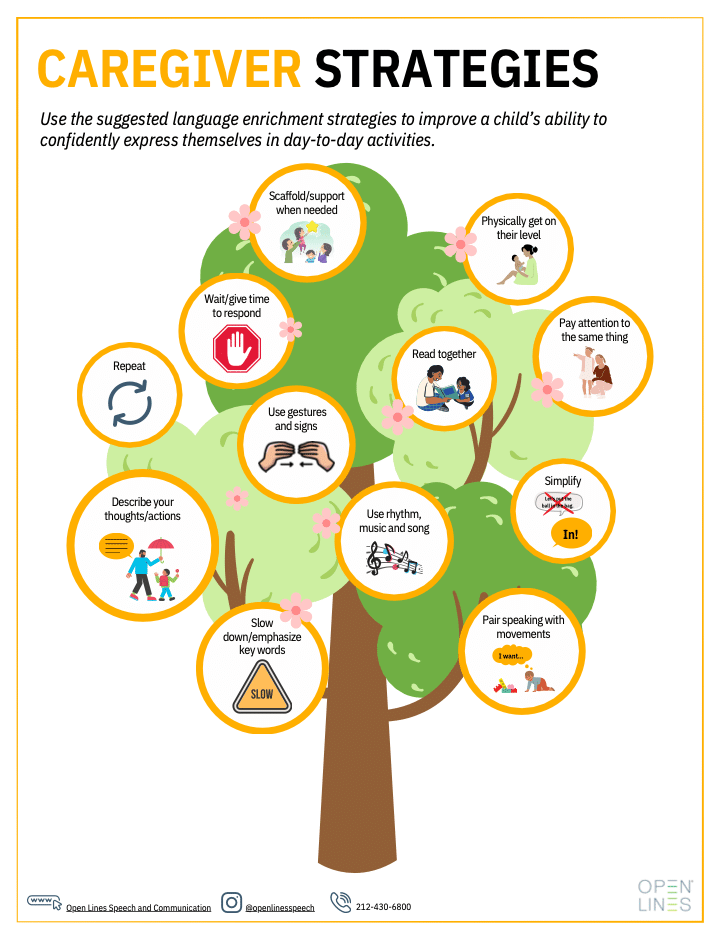

Purchase Our Exclusive Speech Therapy Exercises for Articulation Therapy and Phonology Therapy!
Open Lines® is excited to offer our first exclusive product available now for purchase! All Open Lines® products are created by Doctoral level and expertly-trained speech-language pathologists.
 Are you unsure about how to support your child’s speech at home? These speech therapy exercises and articulation picture cards are perfect for you!
Are you unsure about how to support your child’s speech at home? These speech therapy exercises and articulation picture cards are perfect for you!
- Designed by the Open Lines® team of expert, licensed speech-language pathologists
- Sold individually or in a bundle
- Targets common articulation errors or phonological processes that occur in children with speech sound delays
- Exercises include suggested activities and instructions about how to provide cues and support along the way
- Features minimal pairs, words that differ by one sound but have completely different meanings (e.g., “Tan” vs. “Can”; “Wing” vs. “Ring.”)
- Uses the minimal pairs approach, a research-based therapy technique that shows a child that the way they say their sounds matters!
This product is ideal for caregivers who are looking to support a child’s speech sound development by improving speech clarity and communicative confidence!
This product is available as a complete bundle that includes all of the following phonological processes or purchase each process separately at the links below:
- Phonological processes and sounds targeted:
- Velar Fronting
- /k/–/t/ (e.g., “Can” vs. “Tan”)
- /g/–/d/ (e.g., “Go” vs. “Doe”)
- Final Consonant Deletion (e.g., “Plane” vs. “Play”)
- Final Consonant Devoicing (e.g., “Bug” vs. “Buck”)
- Stopping
- /f/–/p/ (e.g., “Cough” vs. “Cop”)
- /f/–/b/ (e.g., “Phone” vs. “Bone”)
- /s/–/t/ (e.g., “Sew” vs. “Toe”)
- /s/–/d/ (e.g., “Sun” vs. “Done”)
- /z/–/d/ (e.g., “Zoo” vs. “Do”)
- /v/–/b/ (e.g., “Vest” vs. “Best”)
- /sh/–/t/ (e.g., “Shoe” vs. “Two”)
- /ch/–/t/ (e.g., “Catch” vs. “Cat”)
- “juh”-/d/ (e.g., “Jog” vs. “Dog”)
- “th”–/d/ (e.g., “They” vs. “Day”)
- Consonant Cluster Reduction
- /s/ clusters (e.g., “Snail” vs. “Sail”)
- /l/ clusters (e.g., “Blue” vs. “Boo”)
- /r/ clusters (e.g., “Frog” vs. “Fog”)
- Gliding
- /l/–/w/ (e.g., “Lay” vs. “Way”)
- /r/–/w/ (e.g., “One” vs. “Run”)
- Velar Fronting
- Corresponding picture cards
- Clear instructions for practice activities in caregiver-friendly language













